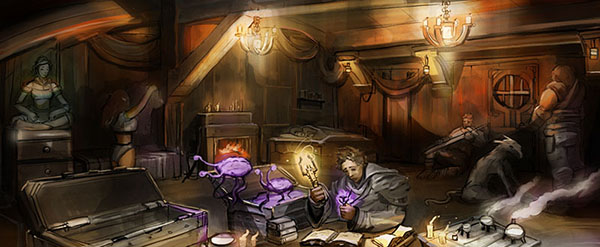
Over the years I’ve written a number of essays about roleplaying games here which people seem to find nifty. These include stuff like:
As I stare into the dusk of 2014, however, I’ve come to the realization that due to changes in my professional life over the past year my ability to commit time to creating this kind of niftiness has dwindled away. I’ve tried to keep the Alexandrian active with a combination of reviews and archival material and briefer posts that I refer to as “Thoughts of the Day”, but it’s not quite the same.
The absence of the nifty has also not gone unremarked. I’ve received a lot of e-mails and comments from people wondering why they’re not seeing the longer, more insightful articles on the Alexandrian. The answer, unfortunately, boils down to time as a resource: I work as a freelance writer and editor and, over the past couple of years, I’ve had to scrabble a lot harder to find that work.
Some of the stuff I’d like to have the time to show you:
- Thinking About Urbancrawls
- Art of Rulings 2
- The Railroading Manifesto
- Factions in the Dungeon
- So You Want to Be a Dungeon Master?
But I’ve been working on “Thinking About Urbancrawls” since the beginning of 2013 and I’m still not sure when I’ll be able to finish it under my current model.
Which is why I’m asking for your patronage on Patreon: With your support, I’m hoping to be able to spend less time scrabbling and more time bringing the nifty back to the Alexandrian.
MILESTONE GOALS
For those of you unfamiliar with Patreon, the way it works is that individuals pledge small, micro-payments to support creators. Individually these pledges may not represent a lot of cash: Maybe you’re only contributing $0.25 per blog post here at the Alexandrian. Collectively, however, this support can make a big difference: If, say, 100 people all donate $0.25 each, then I’m making $25 per blog post and for a 1,200 word post I’m suddenly making enough that I don’t have to make a decision between editing another magazine article or writing something awesome for the Alexandrian. I can do the awesome thing every single time.
As a creator at Patreon, you can also set Milestone Goals that show what you can do with certain levels support. Remember, these are collective levels of support: Even a tiny contribution from you can add to a pile that makes a huge difference for everybody. Here are the goals I’ve currently set:
THE BARE MINIMUM ($10 per post): It may not seem like a lot, but this is the point where I would be able to focus a lot more of my creative time on the Alexandrian. It’s the point where we all get a lot more nifty stuff each month!
NO MORE ADS! ($25 per post): I would dearly love to de-clutter the Alexandrian. If we can hit this goal, I’ll remove all of the Amazon and Google ads from the site. The only ads that will remain are the ones advertising my own books.
SO YOU WANT TO BE A DUNGEON MASTER? ($50 per post): This extensive series would consolidate a lot of the GMing advice I’ve written over the years and add to it. The result would be a step-by-step practical guide that focuses not on world-building or character creation or any of that ancillary stuff that often gets discussed in GM how-to guides. It would be all about the core skills of being a Game Master. To do it properly, though, there are some literal expenses (like maps for the tutorial adventures). At $50 per post, I’ll be able to pay for the maps and other graphics that will make this series a reality.
ALEXANDRIAN RPG SCENARIOS ($100 per post): At this level, I’ll be able to spend more time developing full-fledged RPG scenarios and posting them to the Alexandrian. (These wouldn’t be fully-polished professional products. It would be stuff like The Egyptian Incursion and The Ruined Temple of Illhan: Fully developed adventures presented in a more casual style.)
PLEDGE REWARDS
The other thing I can do at Patreon, however, is offer specific rewards for people pledging certain amounts: As I say, every little bit counts… but nobody can deny that larger bits are even better.
PLEDGE $0.25 (THANKS!): You are amazing! Thank you! With your permission, your name will be added to the Patron page at the Alexandrian.
PLEDGE $1.00 (EARLY ACCESS): Not only do you have my enduring thanks, but you’ll get early access to everything posted at the Alexandrian. How early? A full month or as soon as I finish writing it, whichever comes later. (It will probably end up being the latter more often than not.)
PLEDGE $2.00 (CURIOUS ITEM CLUB): Thanks + Early Access and you become part of the Curious Item Club. I’ll send everyone in the club the description of a custom magic item, cypher, artifact of the ancients, or other curiosity each month.
PLEDGE $3.00 (HANGOUT CLUB): Thanks + Early Access + Curious Item Club and you’re part of the Hangout Club. Once each month, I’ll hold a Q&A session via Google Hangouts (at a time of my choosing). What will we talk about? I have no idea. You’re the ones asking the questions! (The session will last 1 hour or until it gets awkward, which ever comes first.)
PLEDGE $5.00 (ARTICLE REQUEST): Thanks + Early Access + Curious Item Club + Hangout Club and I’ll write an article or review about a specific topic or subject you choose. (Subject to approval.)
PLEDGE $10.00 (WOULD YOU LIKE TO PLAY A GAME?): Thanks + Early Access + Curious Item Club + Hangout Club + Article Request and I’ll run a 4-hour RPG adventure in my current open table campaign for you after your first 3 months of sponsorship and once per year thereafter. (Expect groups of 3-6 made up of other players at this sponsorship level. Games will be played via Google Hangouts. If you set a monthly maximum, the frequency of this reward will be prorated accordingly. Reasonable efforts will be made to accommodate your schedule.)
PLEDGE $25.00 (MONTHLY GAMES): Thanks + Early Access + Curious Item Club + Hangout Club + Article Request and I’ll run a 4-hour RPG adventure in my current open table campaign for you every single month. (Expect groups of 3-6 made up of other players at this sponsorship level. Games will be played via Google Hangouts. If you set a monthly maximum, the frequency of this reward will be prorated accordingly. Reasonable efforts will be made to accommodate your schedule.)
As a final note for those unfamiliar with Patreon: In addition to setting your contribution level, you can also set a monthly maximum. You’ll never be charged more than that monthly maximum.
THE FINAL PITCH
Is stuff like the Three Clue Rule and Node-Based Scenario Design worth $0.10 to you? $0.25? $1.00? Even the smallest of pledges can add up to a patronage that will allow for the creation of wondrous things.
BECOME A PATRON FOR THE ALEXANDRIAN
The appreciation I feel for the belief and support you have in my work is beyond my ability to express. Thank you.

(And to quickly allay some fears: Features like “Thoughts of the Day”, “Check This Out”, and the like aren’t going to be disappearing from the Alexandrian. You’ll still get to hear me blather on about Star Trek’s Prime Directive or ponder the application of Three Point Plotting to RPG scenario design. But that kind of interstitial content won’t be paid content at Patreon: What our patrons will be supporting are the long-form essays, the in-depth reviews, and the awesome game resources.)



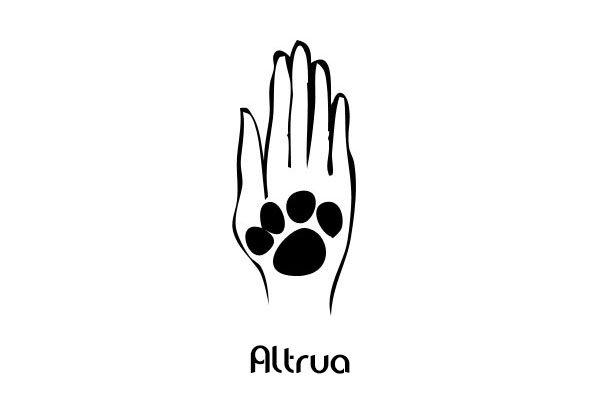
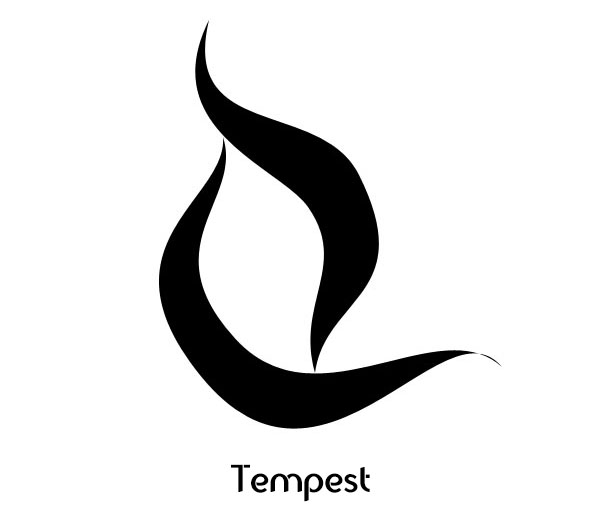
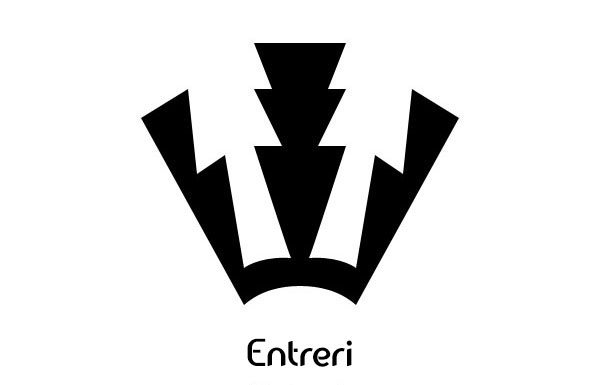
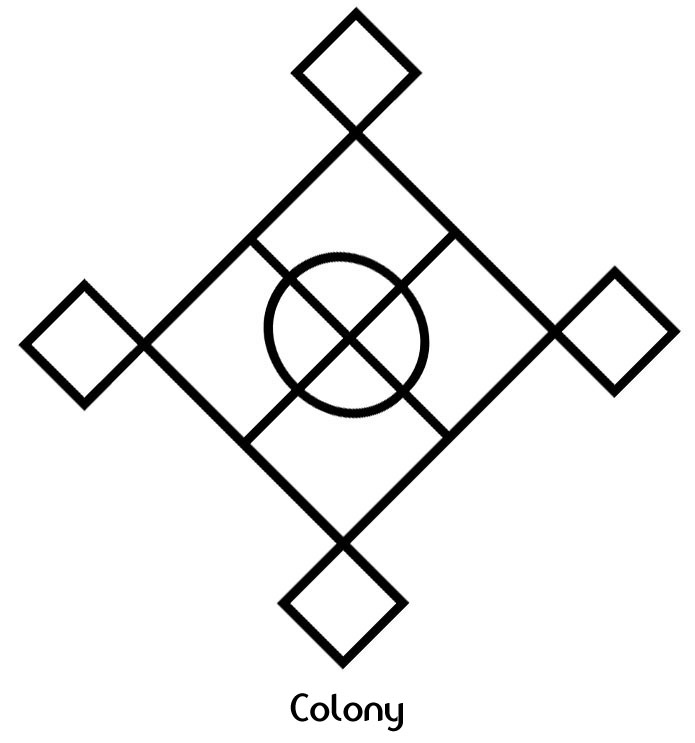
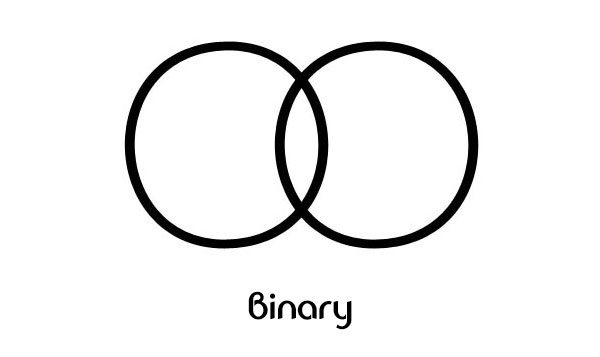
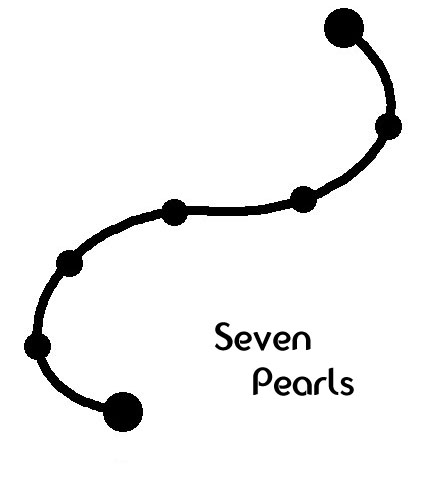
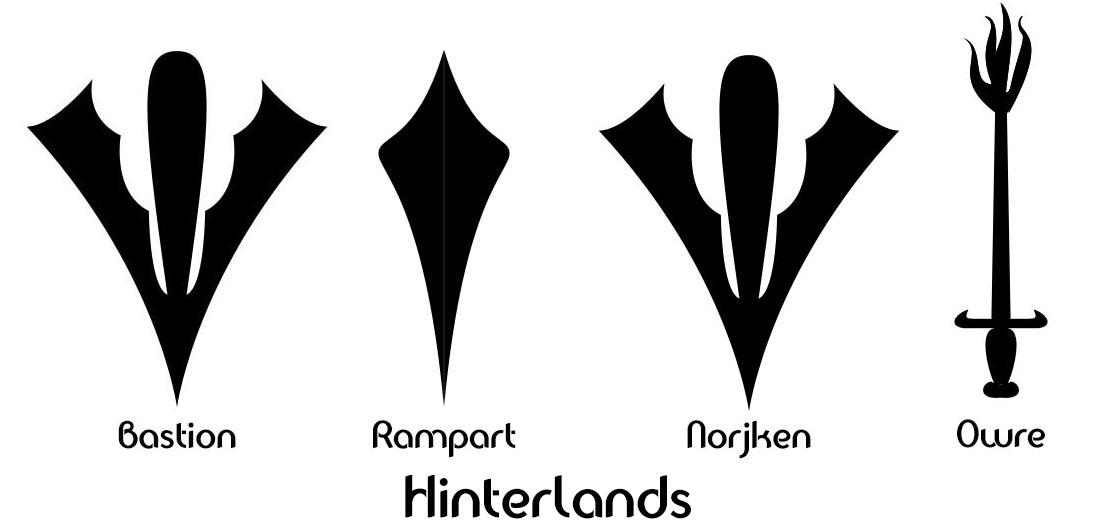
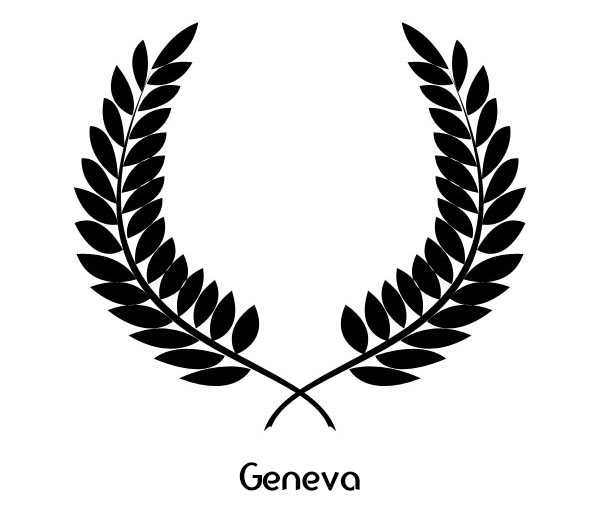
 In considering Richard II and Richard II: Thomas of Woodstock we continue to struggle with the question: Which came first?
In considering Richard II and Richard II: Thomas of Woodstock we continue to struggle with the question: Which came first?










